What is Sheet Metal and What is It Used For?
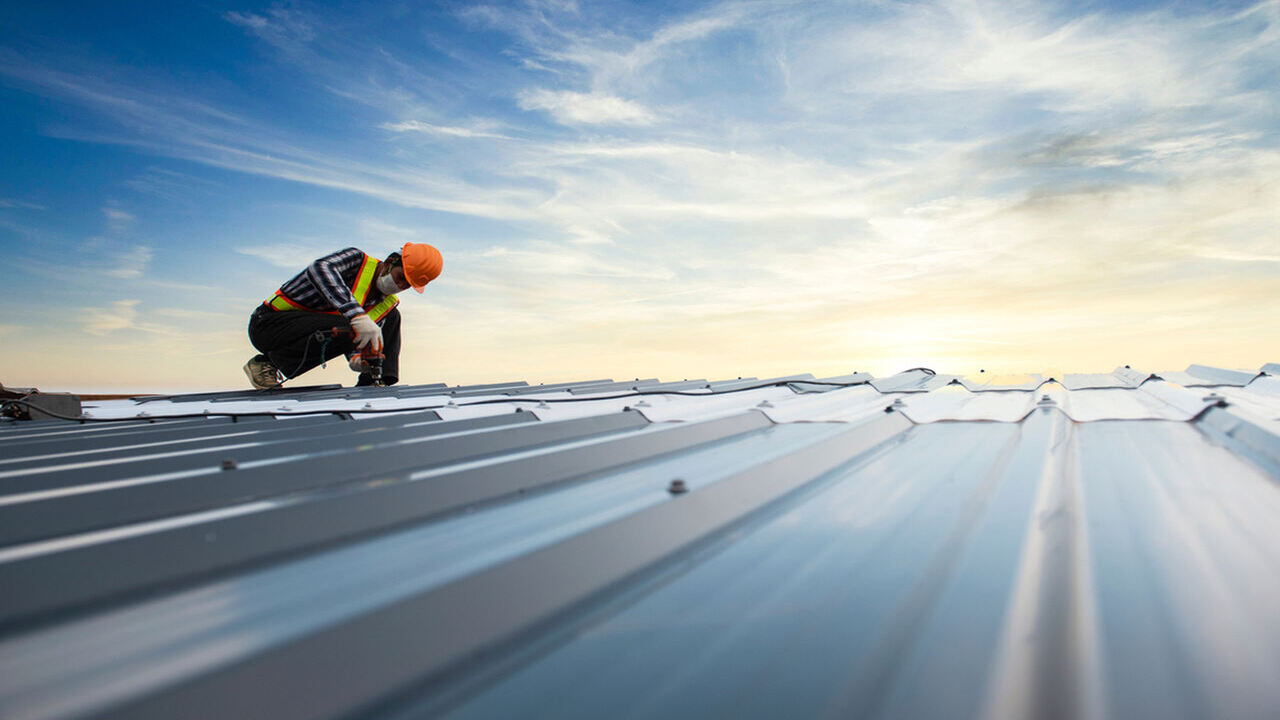
Sheet metal is a vital component in numerous industries, playing a crucial role in the manufacturing and construction sectors. It's versatility and unique properties make it an indispensable material for a wide range of applications. Understanding sheet metal and its uses can provide valuable insights into the manufacturing processes and products that we encounter in our daily lives.
In this article prepared by Ayba Metal, the prefabricated building, and metal stud profile brand; we will delve into the world of sheet metal, exploring its definition, characteristics, fabrication processes, and types of sheet metal. We will also discuss the advantages of sheet metal, its uses across different industries, and the challenges and considerations associated with working with this material.
To learn more about sheet metal you can also check out our article titled What are Sheet Metal Quality and Properties?
What is Sheet Metal?
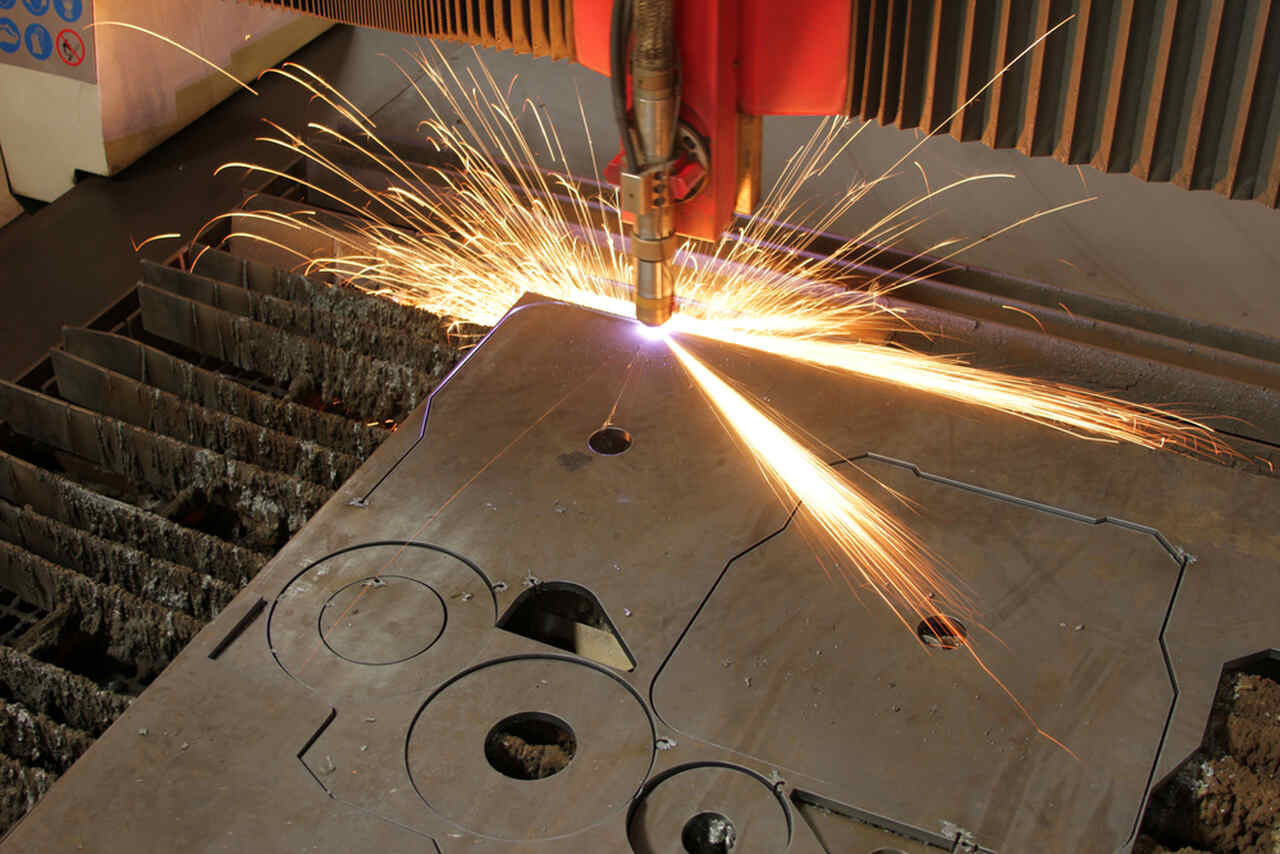
Sheet metal refers to thin, flat pieces of metal that can be easily formed and fabricated. It is produced through industrial processes such as rolling, extrusion, or stamping, resulting in flat, uniform sheets with consistent thickness. Sheet metal is typically measured in gauge thickness, with higher gauge numbers indicating thinner sheets.
Sheet metal possesses several key characteristics that make it highly desirable for various applications. It is known for its strength, durability, and resistance to corrosion. Sheet metal can be easily shaped, cut, bent, and joined, allowing for intricate designs and customized components. Additionally, it exhibits excellent electrical and thermal conductivity, making it suitable for electrical enclosures and heat transfer applications.
Sheet metal can be manufactured using a wide range of materials, each offering unique properties and advantages. Some of the most commonly used materials for sheet metal production include:
-
Aluminum Sheet Metal
Aluminum is a lightweight metal known for its high strength-to-weight ratio. It is corrosion-resistant, non-magnetic, and offers excellent thermal and electrical conductivity. Aluminum sheet metal is commonly used in the aerospace, automotive, and construction industries.
-
Steel Sheet Metal
Steel is a versatile and durable material that can be easily formed and manipulated. It comes in various types, including stainless steel, carbon steel, and galvanized steel. Steel sheet metal finds applications in automotive body panels, appliances, machinery, and structural components.
-
Copper Sheet Metal
Copper is valued for its exceptional electrical and thermal conductivity. It is resistant to corrosion and possesses antimicrobial properties, making it suitable for electrical components, roofing, plumbing, and decorative applications.
-
Brass Sheet Metal
Brass is an alloy composed of copper and zinc, offering a unique combination of strength, corrosion resistance, and aesthetic appeal. Brass sheet metal is commonly used in musical instruments, decorative items, plumbing fixtures, and electrical connectors.
Sheet Metal Fabrication Processes
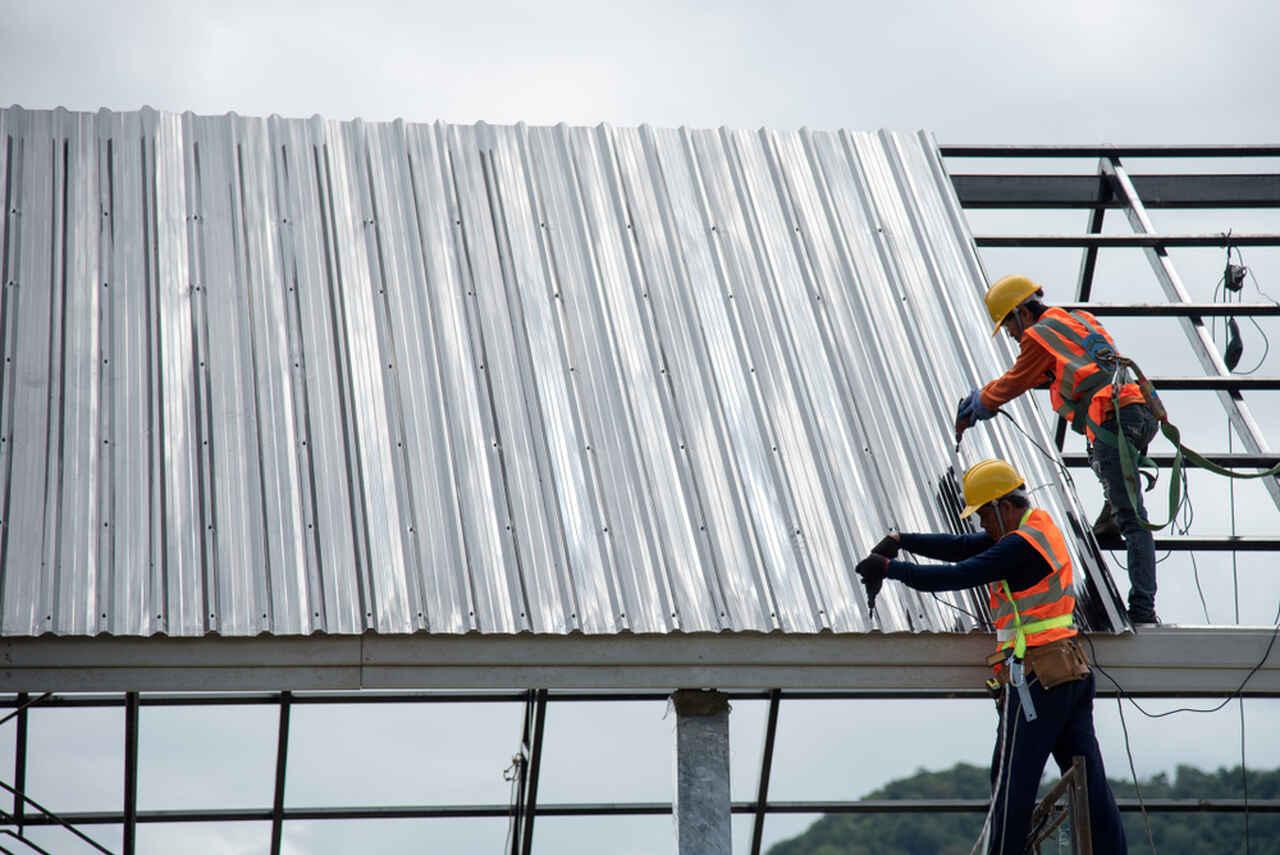
Sheet metal undergoes various fabrication processes to transform it into the desired components. These processes include cutting, bending, joining, and finishing.
-
Cutting
Shearing: Shearing involves cutting sheet metal using a guillotine-like machine. It is ideal for straight cuts and is commonly used for large-scale production. Shearing produces clean and accurate cuts, ensuring precise dimensions and minimizing material waste.
Laser cutting: Laser cutting utilizes a high-powered laser beam to cut through sheet metal with exceptional precision. It offers versatility in terms of complex shapes and intricate designs. Laser cutting is widely employed in industries that require intricate and customized sheet metal components.
-
Bending
Press brakes: Press brakes are machines that use mechanical force to bend sheet metal. They feature a V-shaped die and a matching punch, which work together to create bends of various angles and lengths. Press brakes enable the production of precise and consistent bends in sheet metal.
Roll forming: Roll forming involves passing sheet metal through a series of rollers to shape it into a desired profile. This process is commonly used for producing long, continuous shapes such as gutters, roofing panels, and automotive components.
image:sac-montaji-yapan-isci
-
Joining
Welding: Welding is a process that fuses two or more pieces of sheet metal together by melting and solidifying the material. It creates a strong and permanent bond, making it suitable for structural components and large-scale fabrication projects.
Riveting: Riveting involves joining sheet metal by inserting a rivet through pre-drilled holes and deforming the rivet to secure the sheets together. Riveting provides a reliable and sturdy connection and is commonly used in applications that require disassembly or reassembly.
-
Finishing
Surface treatments: Sheet metal can undergo various surface treatments to enhance its appearance and protect it from corrosion. These treatments include painting, powder coating, anodizing, and plating.
Coatings: Coatings such as zinc or paint can be applied to sheet metal to provide additional protection against corrosion and wear. These coatings act as a barrier, preventing moisture and other corrosive agents from reaching the metal surface.
Advantages of Sheet Metal
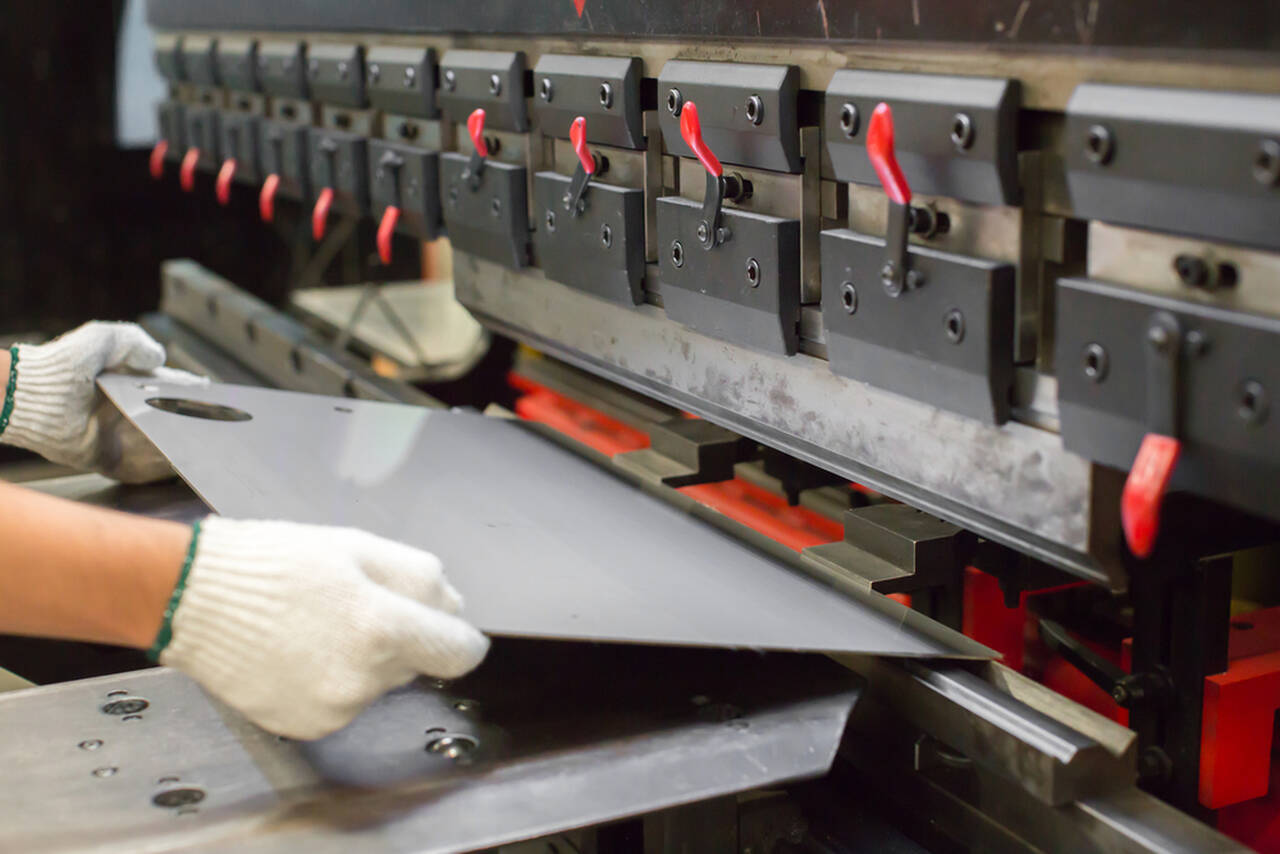
-
Strength and durability
Sheet metal is known for its high strength-to-weight ratio, making it an ideal choice for applications that require structural integrity and durability. It can withstand heavy loads and harsh environments, ensuring long-lasting performance.
-
Versatility and customization options
Sheet metal can be easily formed, cut, and bent into various shapes and sizes, allowing for the creation of complex and customized components. It offers designers and manufacturers the freedom to realize their creative visions and meet specific requirements.
-
Cost-effectiveness
Sheet metal is a cost-effective material due to its high availability and efficient manufacturing processes. Its recyclability further contributes to its cost-effectiveness and sustainability.
-
Lightweight and space-efficient
Sheet metal's relatively low weight makes it an excellent choice for applications where weight reduction is essential, such as the aerospace and automotive industries. Its thin profile also allows for space-efficient designs, maximizing storage and transportation capabilities.
Sheet metal plays a vital role in various industries, offering strength, durability, and customization options. It enables the creation of complex components through cutting, bending, joining, and finishing processes. With a wide range of materials available, including aluminum, steel, copper, and brass, sheet metal provides solutions for diverse applications.
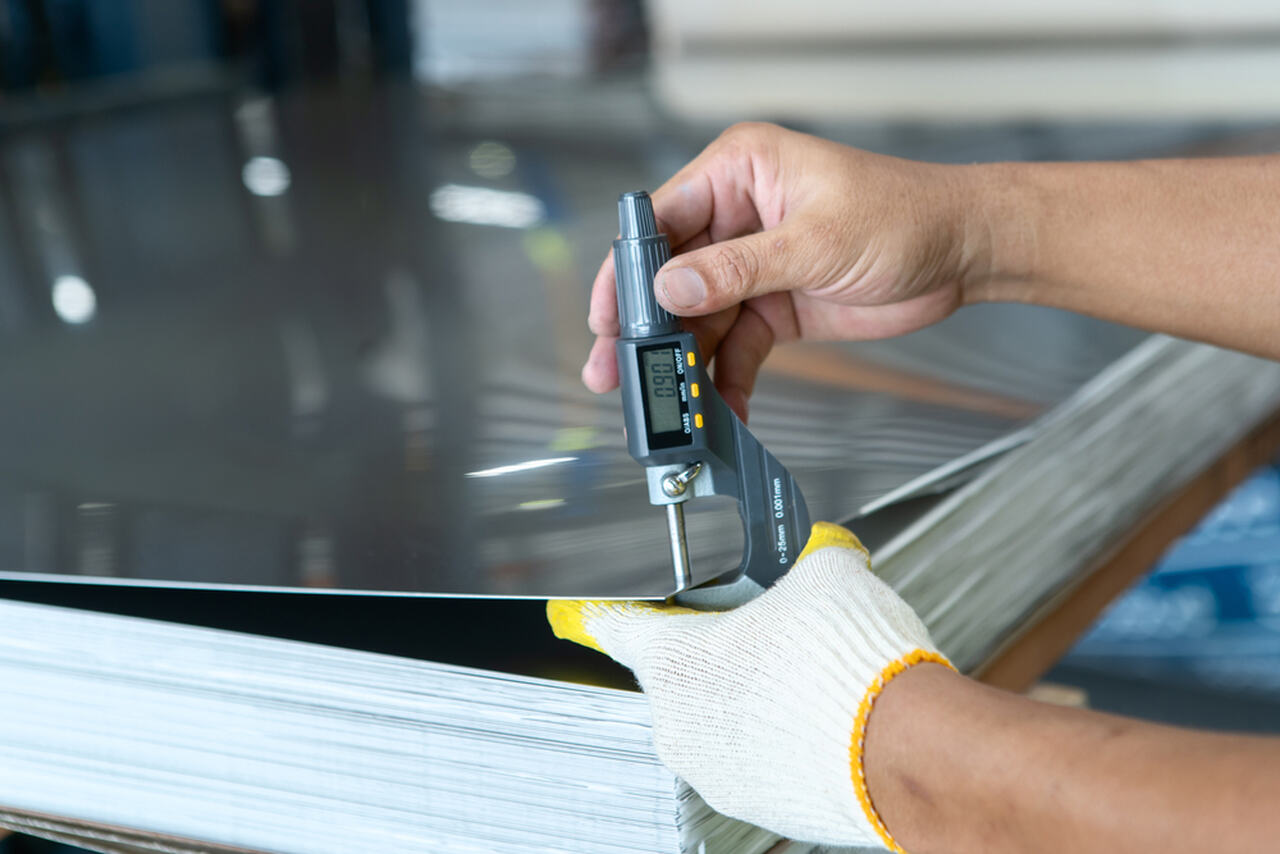
Understanding sheet metal and its capabilities opens up new possibilities for designers, engineers, and manufacturers. By exploring innovative fabrication techniques, materials, and surface treatments, we can continue to push the boundaries of what sheet metal can achieve. Its versatility and adaptability ensure its continued relevance and importance in an ever-evolving industrial landscape.
In conclusion, sheet metal is a remarkable material that serves as the backbone of countless industries. Its unique properties, fabrication processes, and wide range of applications make it a valuable asset in modern manufacturing and construction. By harnessing its strengths and overcoming its challenges, we can continue to unlock its potential and shape a better future.
You can find the best sheet metals for your needs among the Ayba Metal products, and you can also contact Ayba Metal to get ideas and information about your questions and projects.
As we conclude our article we highly recommend you to take a look at our article titled What Is Trapezoidal Sheet? What Are The Usage Areas? and our blog in which we have informative articles about the construction world!
